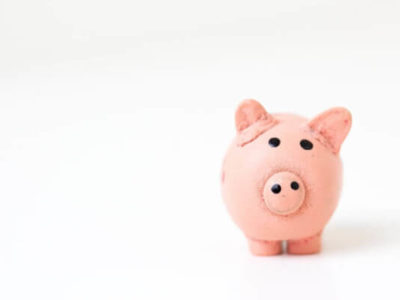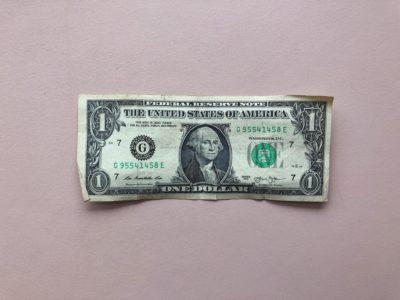Credit cards: tiny pieces of plastic that can make or break a person’s entire life depending on if they know how to properly use them. Credit cards benefit many people, students especially, by allowing them easy access to a particular amount of money whenever they may need. However, most schools don’t teach students about the importance of the numbers on credit cards. While they may seem unimportant to the clueless user, to the banks that run the credit system those numbers represent an important language. Every number on your card means something and each number is highly relevant to ensuring that everyone’s bank accounts are kept safe. If you ever wondered about the significance behind the numbers on your credit card, a lesson on these pieces of plastic awaits you.
Read on to learn more about what your credit card number truly means.
The Basics of Your Credit Card
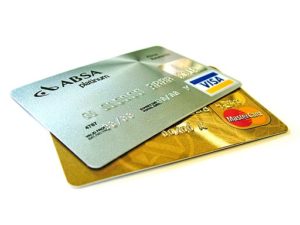
Everyone loves to spend money on various items, whether for themselves or for others. But these days nobody wants to carry around a lot of that hard earned cash in their pocket. Credit cards exist as the perfect solution to this issue, eradicating the need for paper money altogether. They can come in handy for many reasons besides being used as a substitute for cash. Credit cards allow people to build credit, which occurs when you pay your bills on time. Building credit remains essential for when you want to get a loan for a car, house or business. While credit cards do exhibit many flaws and risks, understanding how to use one can help you get further in life.
Credit cards can purchase anything, from a meal at McDonalds to luxurious items like a Rolex or a sports car. This means if your card gets misplaced or stolen, it can lead to massive amounts of fraud. Fortunately, fraudulent charges are something all banks work effortlessly to avoid by creating apps that notify card holders of charges as small as a dollar to incredible sums. Credit card numbers assist in this process of keeping people’s money safe as possible. The numbers on your credit card exist to assist bank employees in ensuring that your credit card truly belongs to you. Each number on the card represents something specific to relay important information about your bank account to the vendor where you use your card, then back to the bank.
Important Numbers on Your Card and What They Mean
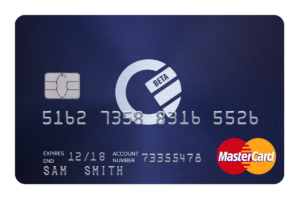
The first number, known as the major industry identifier, or MII, depicts the credit card company associated to your card. A definitive list exists of which numbers correlate to which credit card company. If your credit card begins with a two, you own a Mastercard. If a three starts the card, you either use an American Express or Diner’s Club card. A four correlates to a Visa card, while cards that begin with a five also belong to Mastercard. A card that starts with a six will represents a Discover card.
The first six digits including the MII make up your card’s bank identification number, or BIN. Also known as the issuer identification number, or IIN, because credit cards can come from other places outside of banks, these numbers represent the specific bank or institution that issued the card to you. BINs also help in the verification process in general and allow the card’s user to track the location of the card’s last usage so that they can always know if fraud occurred.
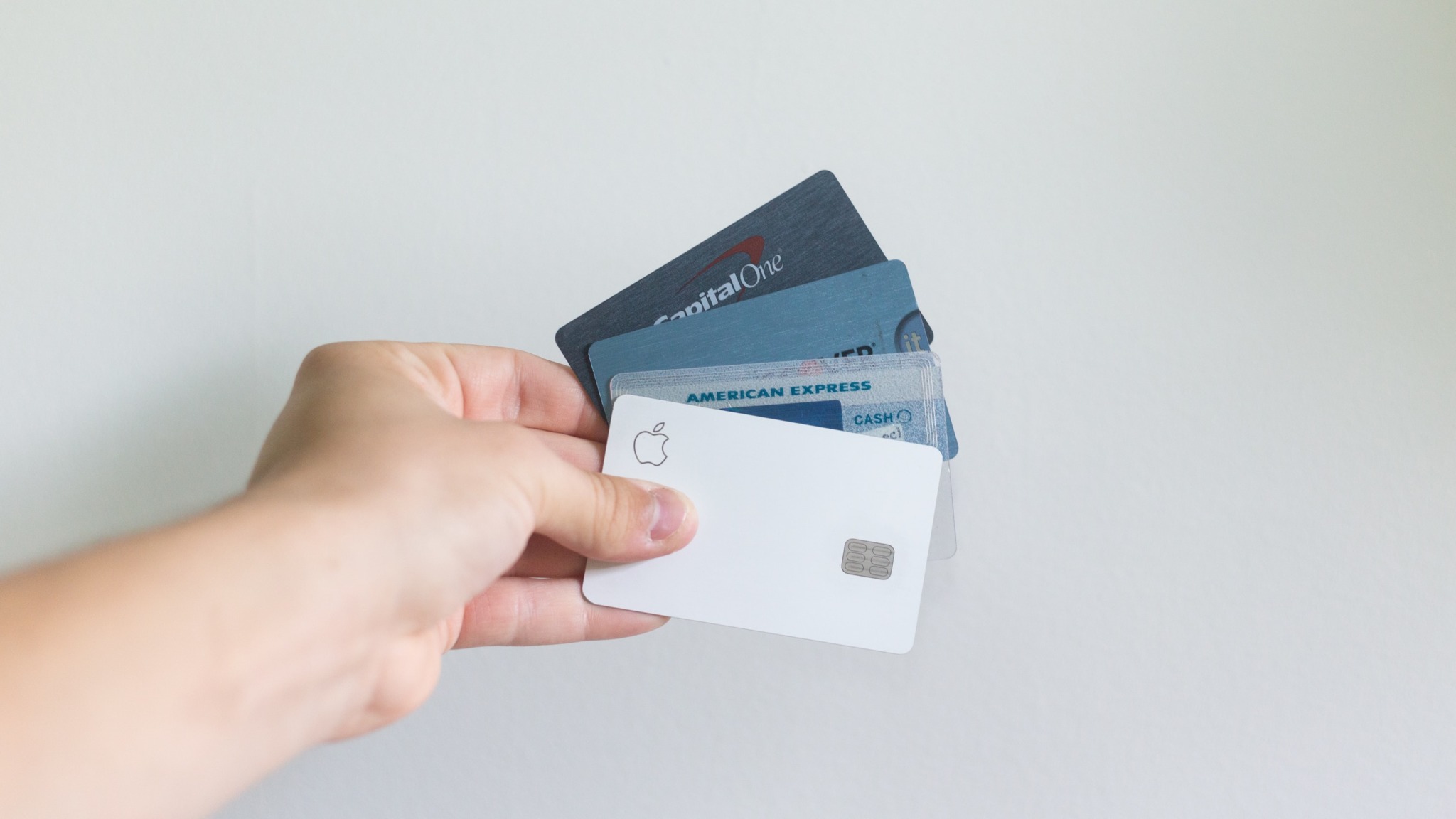
The last few numbers on your card identify your specific individual account, except for the very last digit, known as the check digit, or checksum. The check digit’s purpose of providing an extra security measure helps bankers to ensure that your card belongs to you. The check digit stems from an algorithm called the Luhn algorithm, which credit card companies plug the first 15 digits of your card into. The product of the algorithm takes the form of a single number, which becomes your card’s check digit.
“The way that companies decide if someone’s credit card is real or not is by using the Luhn algorithm. The purpose of the algorithm is to determine if the checksum on a card is correct by using a series of calculations that are quite simple. When multiplied, added, then divided in a very specific way, the beginning numbers of a credit card are able to solve whether the final number, the checksum, is indeed valid,” Wells Fargo Bank Teller Edmund Dennis said.
Companies spend a huge amount time, effort and money on the process of trying to ensure that everyone’s money stays as safe as possible. The main numbers on a credit card only represent one of the variety of security measures instilled to maintain order in the credit system. Many more means of security also exist on every credit card issued.
Expiration Dates and Security Codes
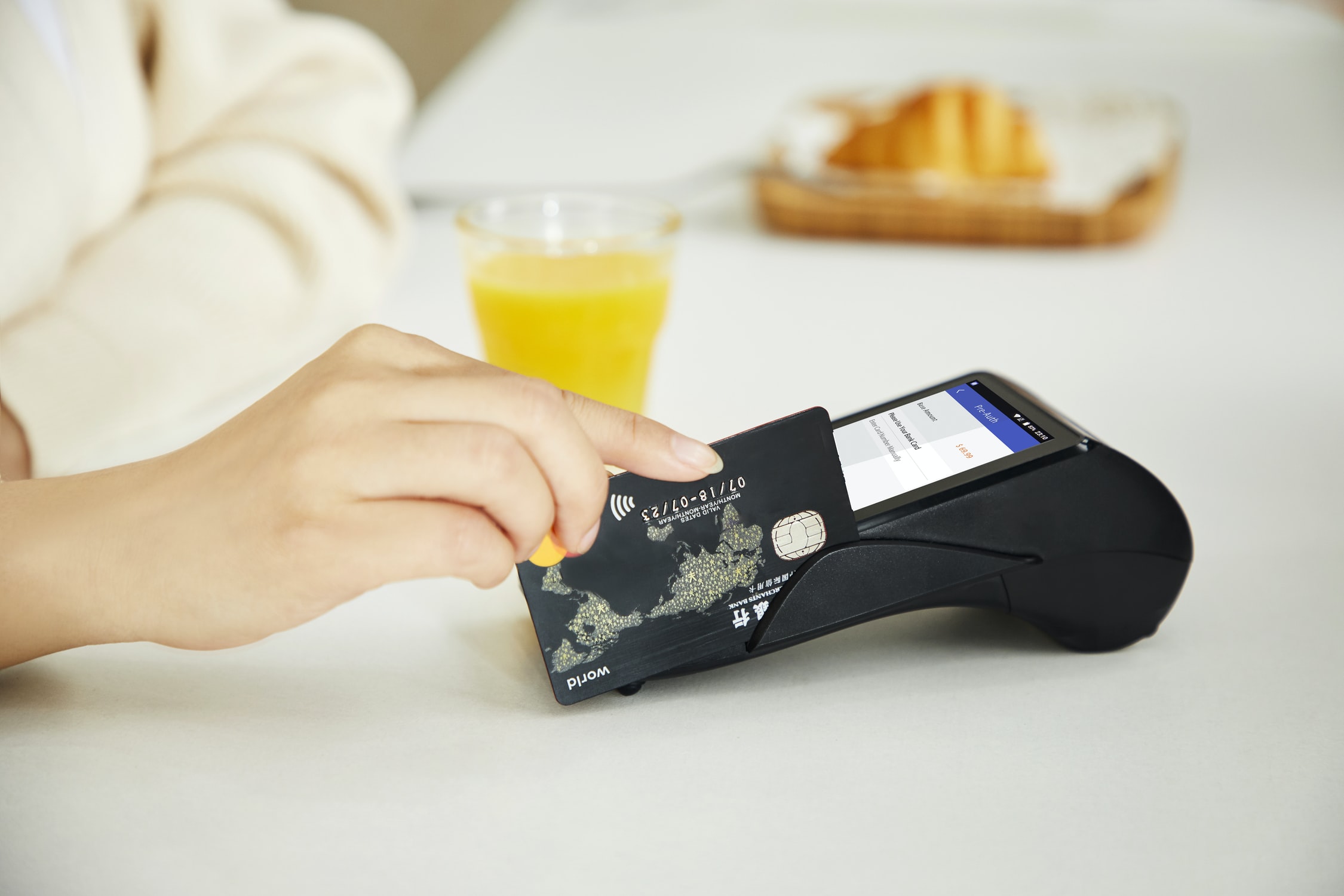
The expiration date found on your card serves multiple different purposes, including fraud prevention and helping to keep your card in good physical condition. As an extra number on the card in general, providing a correct expiration date when purchasing online or over the phone helps banks know that your card remains in the right hands. Expiration dates allow you to keep your card updated, such as getting a card with a chip or ability to tap, allowing you to stay in the flow of modern times.
The three or sometimes four-digit (if using an American Express card) number located on the back of your credit card, referred to as the security code, helps to prevent theft of your card by giving it an extra layer of protection. When using your card over the phone or online, almost every vendor will require your card’s security code so that no chance exists that someone else makes a purchase through your identity and account. If the security number gets into the wrong hands, along with your card number and the expiration date, make sure you immediately look into cancelling the stolen card and request a new credit card with different numbers.
Credit Cards for College Students
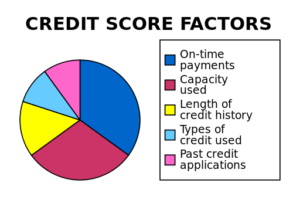
When applying for a new card, make sure that you look into which card works best for you. Various credits cards made specifically for students exist and many could prove worth your while. Different credit card companies offer different rewards based on how well the individual does in school. For example, Discover offers a “Good Grades Rewards” where students receive a $20 credit for every school year their GPA is 3.0 or higher for up five years while in school. Getting a student card stands out as one of the first steps to establish good credit. While it may not seem important now while in school, down the road a good credit score will definitely come in handy when making important purchases such as a house or a car.
“Banks have to deal with millions of people every single day and believe it or not, not everyone is as honest as they may sound. Credit card companies are not willing to give out loans or credit cards to just anybody. Before a lender is willing to give you any money, they need to make sure that you are good for it, that is the basic idea behind a credit score,” Patriot Finance Financial Advisor Albert Previte said.
Sometimes just being a student is not enough for someone to qualify for a student card. Many companies prefer to grant credit cards to students who already have some sort of income and some even require a credit score. For people with little work experience or not credit score, you should most likely lean towards a secured credit card. A secured credit card requires any potential credit card user to put down cash as a collateral.

These cards exist because statistics show that college educated individuals earn more money overall, so banks are willing to grant them cards as they believe they will get what they desire in return, making the process somewhat of an investment.
“I used to have a secured credit card that I put in my parents’ name, but authorized myself as a user. I had to pay a $200 deposit, but I got that back after using the card for about six months,” Lock Haven University junior Peter Travis said.
While it may stand as a challenge for some to obtain a credit card based on work experience and credit score, it absolutely remains possible to get issued one in some form or another. Once you do get your card however, you must understand and accept the responsibility that comes with owning one. Using a credit card when still young can potentially lead you down a great and successful path, but depending on whether you truly know how to use your card, it just as equally could leave you in financial jeopardy.
Protecting Your Credit Card
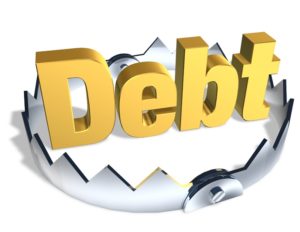
While credit cards definitely come in handy in the way they were intended to be used, many people also find good use in credit cards that do not and never belonged to them. Even with all the safety precautions instilled over time, this issue makes owning a credit card a somewhat risky move.
Always make sure that when using your credit card online, the website is secure and the payment system looks familiar. If you believe that the site that wants you to use your card looks even a little sketchy, you probably should not risk anything. Another important thing to remember; never let your friends use or borrow your credit card, no matter how much you think that you trust them.
Understanding how your credit card works fully surely will assist you in the future when it comes to protecting yourself or helping someone else protect themselves. Knowing more about what your credit card numbers mean can give students perspective on how much we can learn about little things we never thought about before.









